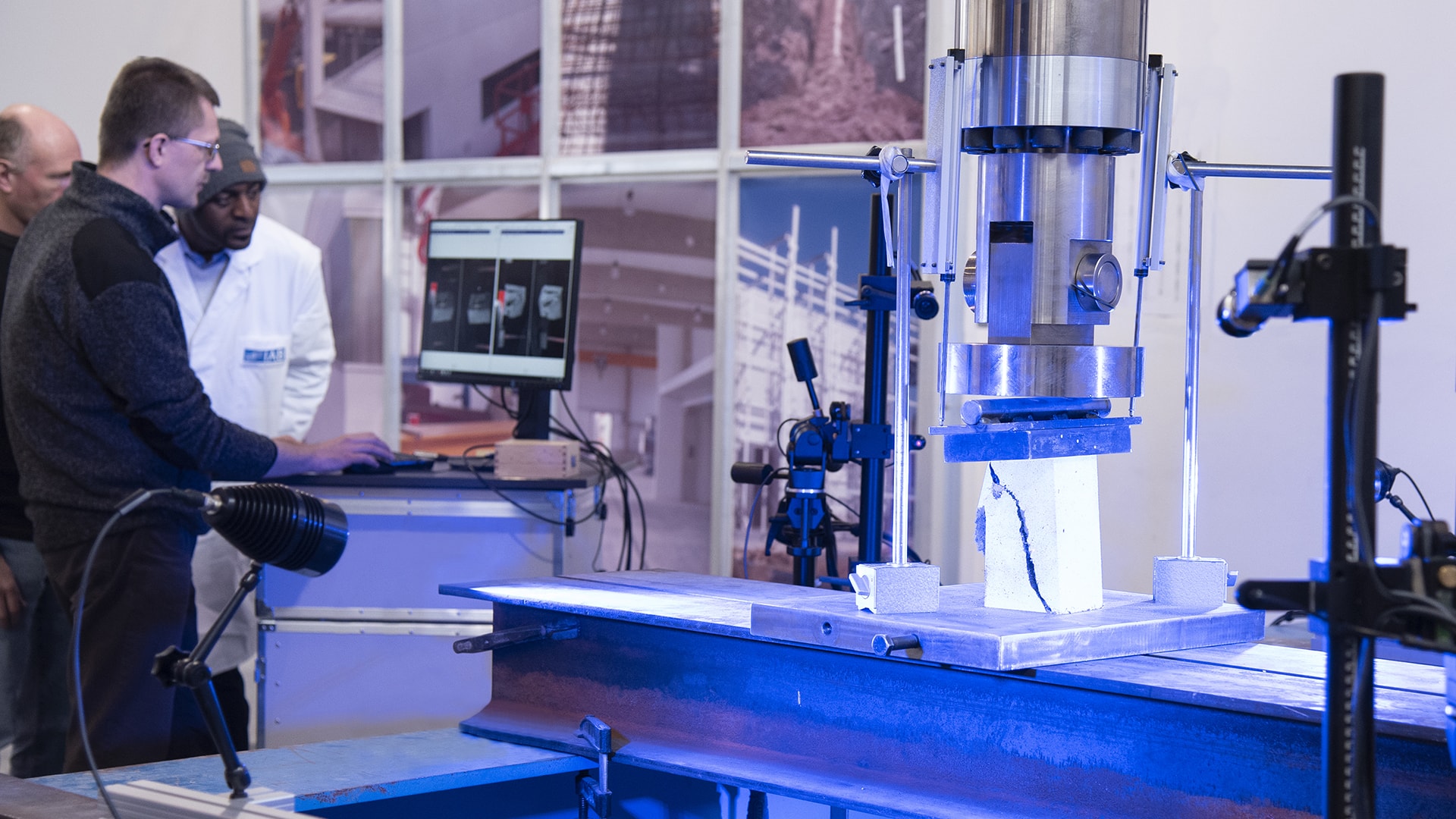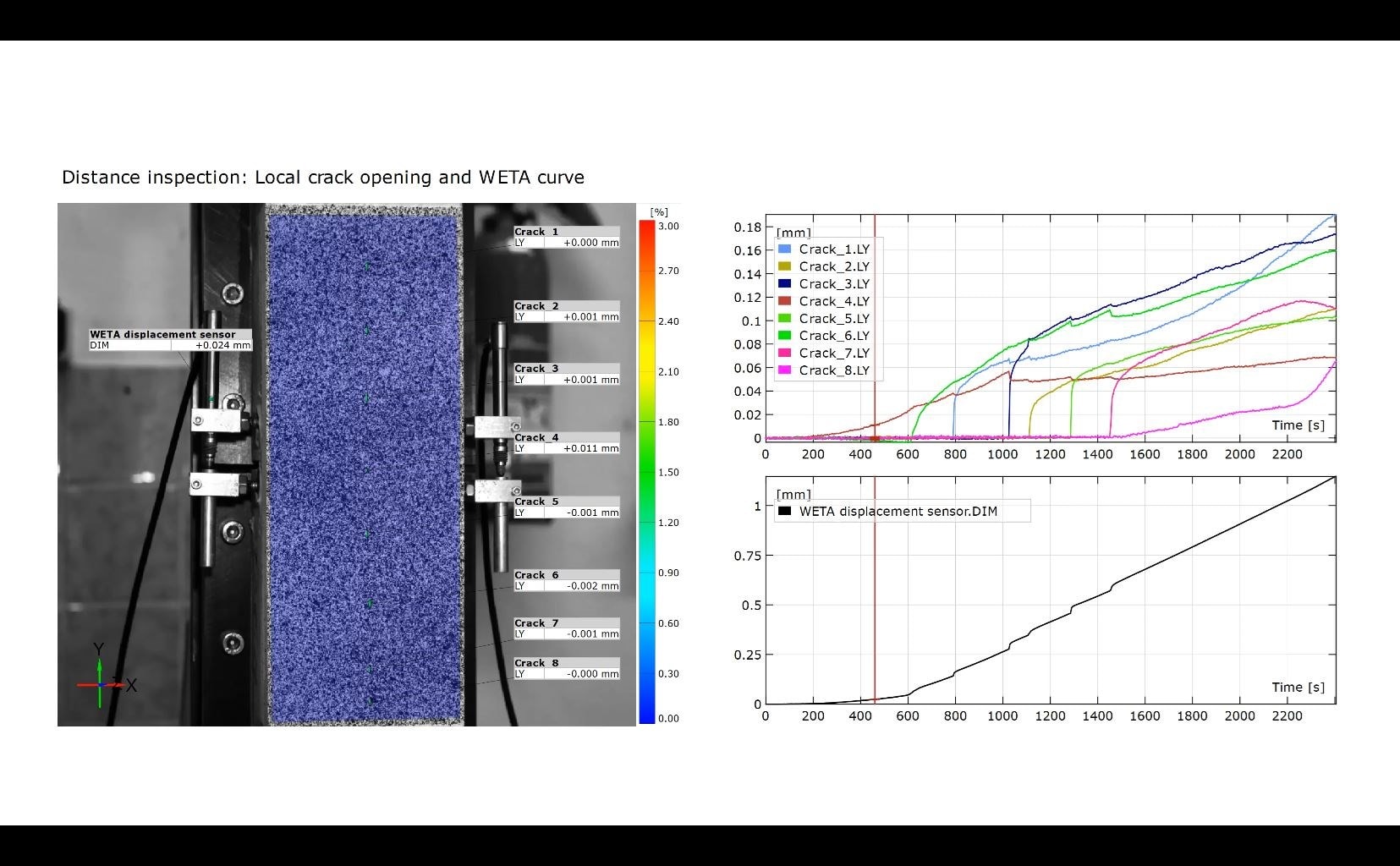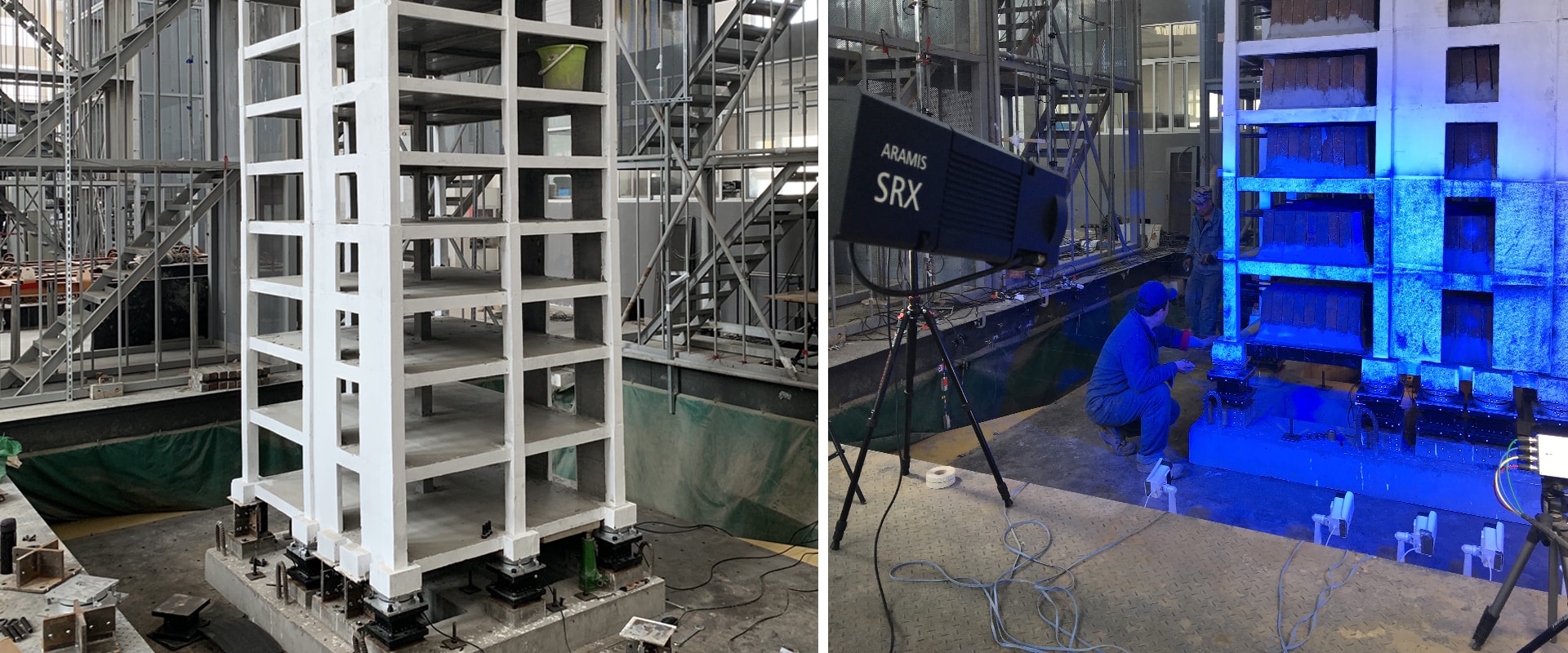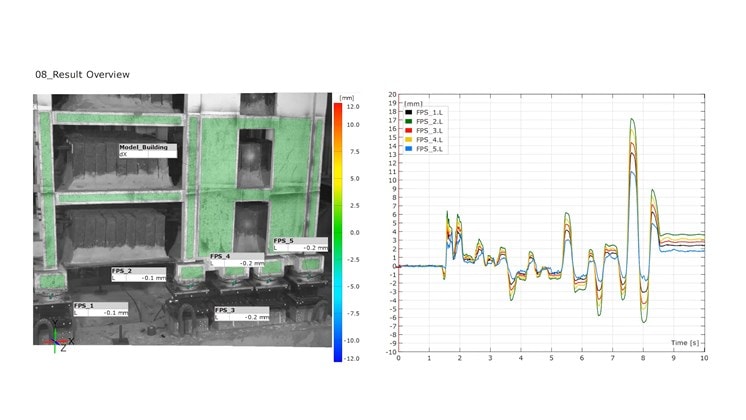- TU Berlin
- Institute of Civil Engineering, Department of structural mechanics
- Universität Bremen
- Leibniz-Institut für Werkstofforientierte Technologien
- TU Dresden
- Institute of concrete structures
- HCU Hamburg
- Civil Engineering
- MFPA Weimar
- Materialforschungs- und Prüfanstalt an der Bauhaus-Universität Weimar
Civil Engineering
What is Civil Engineering?
Civil engineering is a discipline of engineering sciences. Civil engineers are involved in planning and conception, design, construction and calculation of structures. They are employed in the fields of structural engineering and civil engineering, transportation and environmental engineering as well as in the field of energy and civil infrastructure projects. The occupational field of the civil engineer is divided into different subdisciplines that cover the entire technical area of civil engineering. The professional disciplines include among others civil engineering informaticsmaterials science, design of structures from steel, reinforced concrete or timber, structural mechanics, structural dynamics, engineering analysis using Finite Element Method, systems engineering, construction engineering and transportation engineering as well as the design and construction of civil infrastructure such as public transportation systems or environmental engineering projects like water supply and air quality.

Where Do We Come Across Civil Engineering Services in Everyday Life?
In our modern world, civil engineering, or its services, is all around us. We use roads and bridges to get from A to point B. We live in buildings, travel to the closest airport via an excellent rail network, always have fresh drinking water at our disposal and do not give a second thought to water disposal, which works so naturally that we hardly notice it anymore. All these achievements of civilization are based on the creativity and expertise of civil engineers.
Civil Engineering: A Profession with Maximum Responsibility
Civil engineers bear great responsibility – both for the environment and for people. The structures built by civil engineers must meet the highest standards. If civil engineers disregard the recognized rules of engineering, calculate the structural engineering of a building incorrectly or neglect construction supervision, they will be held liable for the resulting errors. In serious cases, such as the collapse of a defectively constructed building, the responsible civil engineer can also be sentenced to fines or imprisonment.

Mechanical Testing in Civil Engineering
Knowing the behavior of materials or products under load is essential in civil engineering. The loads acting on buildings or their structural components, such as beams, columns, walls, ceilings and joints, are of a very different nature. These include the environmental influences that act daily and for decades on the building and the building materials from which it was constructed. In addition, modern buildings must also meet high safety standards in the area of fire safety. The thermal stress caused by possible fires is another load that buildings have to withstand.
However, a high proportion of the loads to which a structure is subjected are of a mechanical nature. Accordingly, mechanical testing takes up a lot of space in fundamental research and construction projects of all kinds. Mechanical testing can be used to determine the actual mechanical properties of the materials that will be used in a construction project. Mechanical testing ensures that the planned materials and productsstructurally relevant components such as beams, columns, walls, ceilings and joints are suitable for their intended purpose and can reliably withstand all the loads that might occur over the entire lifecycle of the construction.
Common mechanical tests in civil engineering include testing of:
- Bending strength
- Low temperature breakage
- Heat resistance
- Impact strength
- Shear strength
- Flame resistance
- Melting point
- Resistance to moisture

The mechanical tests are carried out on a wide range of civil engineering materials that can be used in the construction of buildings, roads or other civil infrastructures. Traditional civil engineering materials include construction materials, concrete, cement and aggregates, structural steel, wood, bricks, glass, boards and beams, asphalt, or site soil. Novel materials and composite materials are becoming increasingly important in this context in order to realize the goals of sustainability and lightweight construction. A focus of mechanical testing is on individual components and their joints. Adhesive joints such as mortar, riveted joints in bridge construction or welding joints are subject to the highest loads. At the same time, however, the structures must be able to withstand the calculated loads for many years or decades. Accordingly, the tests are carried out extensively and in great detail, especially regarding the joints.
Optical Metrology in Civil Engineering
Optical metrology is widely used in the field of civil engineering. It supports engineers in obtaining the required measuring results faster, more reliably and cost-effectively. Optical measurement technology is used for:
- Civil engineering materials testing
- Deformation analysis
- Bearing capacity analysis
- Structural testing
- Vibration or motion analysis
- Surface analysis
- 3D shape measurement, e.g. for part measurement or quality inspection.
- Load Test of components and their joints
- Combination with thermography data for thermal load analysis

All over the globe, we support civil engineers in their demanding tasks with our precise optical measuring systems. Would you like to learn more about our metrological capabilities in the field of civil engineering? Just send us a short message or give us a call. We are already looking forward to getting you excited about our solutions for modern civil engineering!

These customers in civil engineering research rely on ARAMIS
- TU Braunschweig
- Institute of Building Materials, Concrete Construction and fire safety
- TU Dresden
- Institute of Construction Materials
- TU Dresden
- Institute of natural materials technology
- Universität Stuttgart
- Institute of Structural Design (KE)

